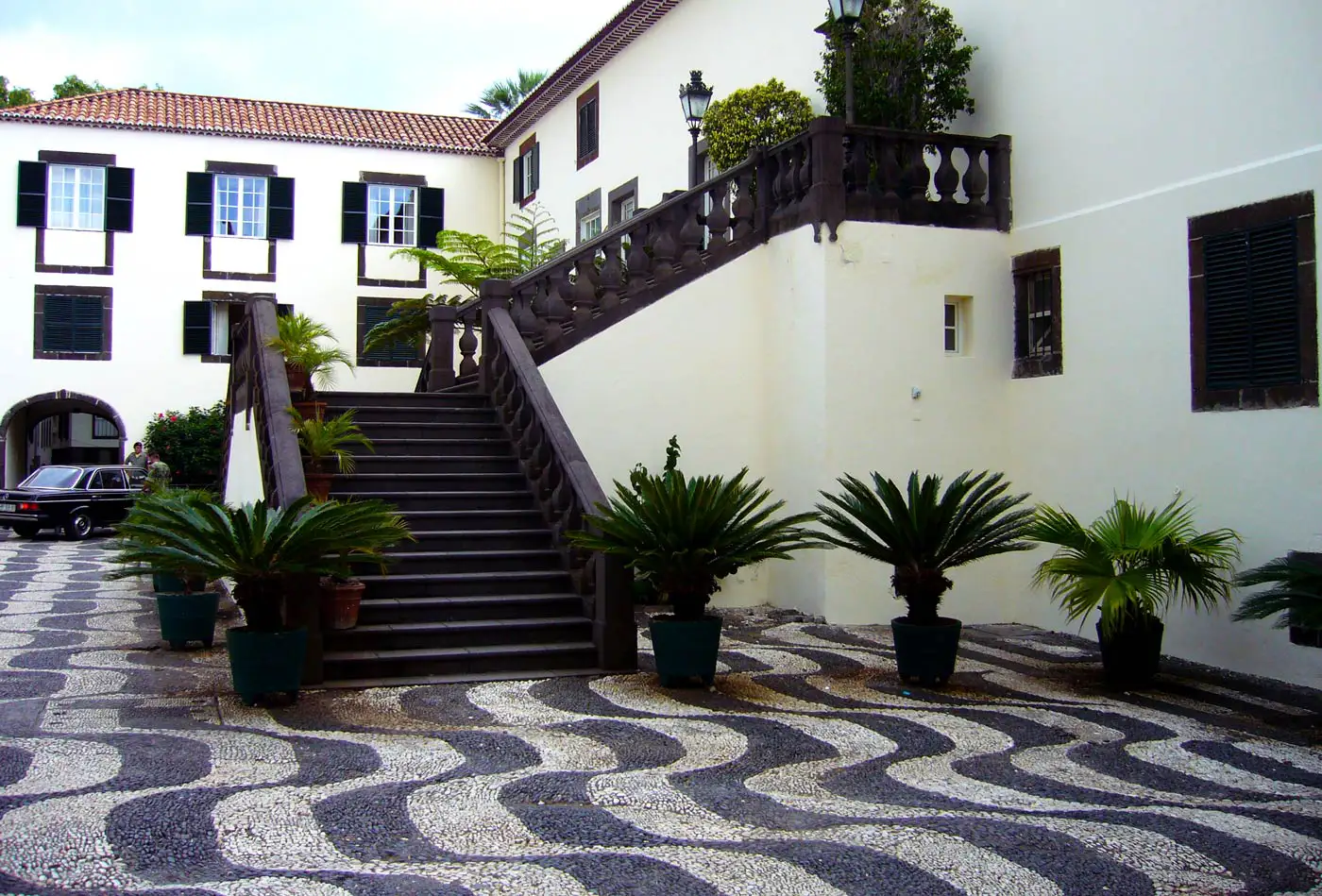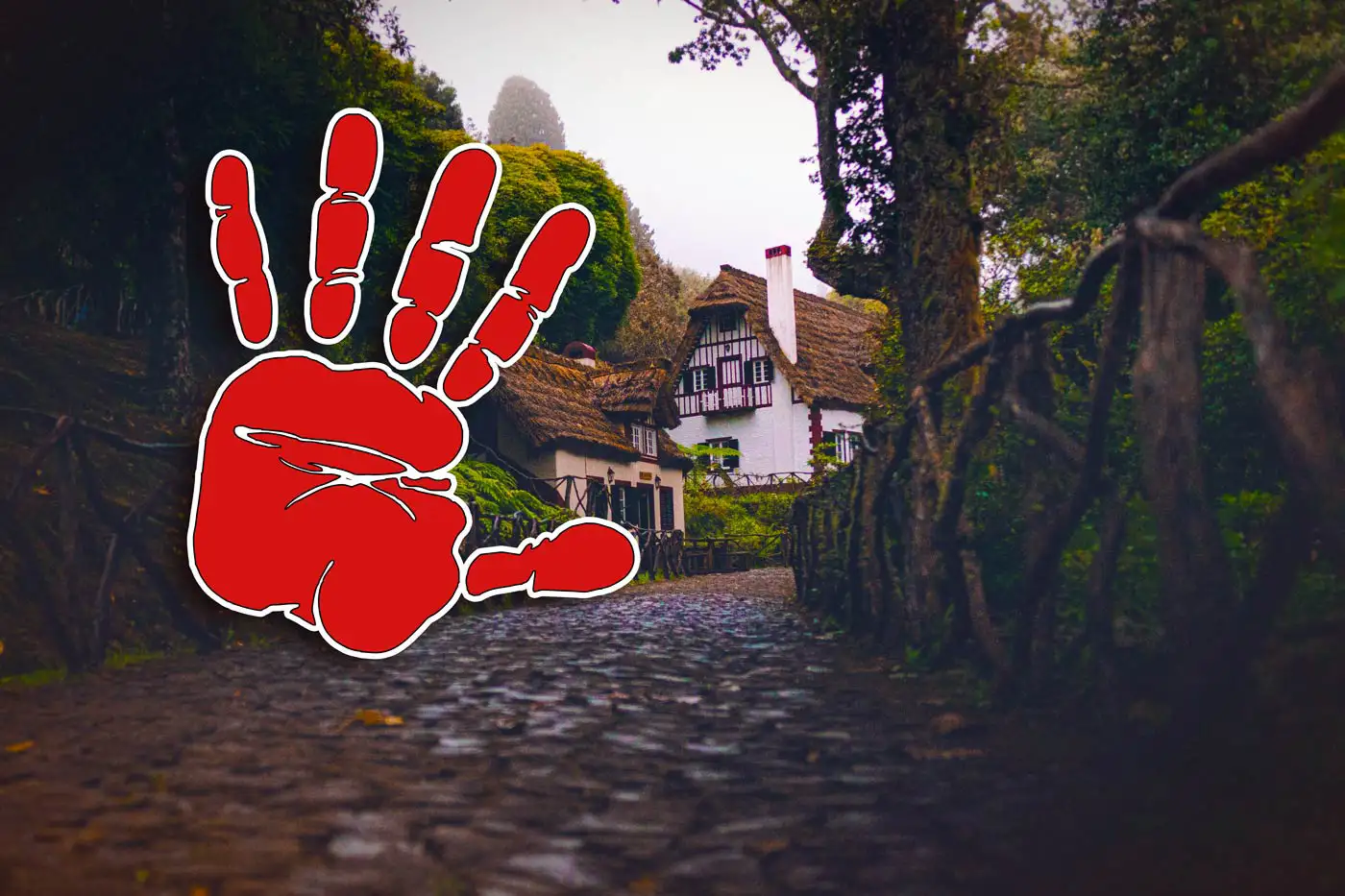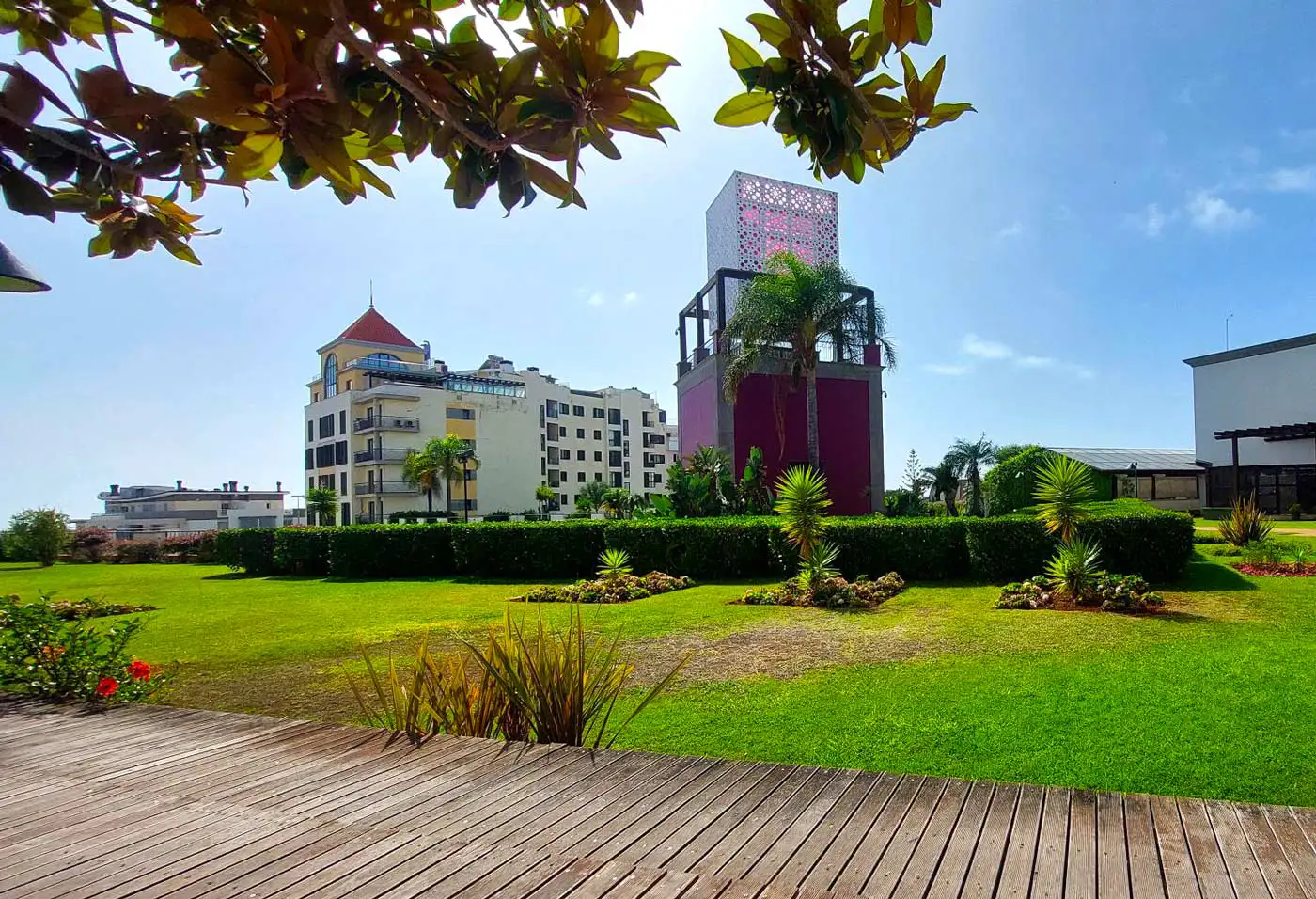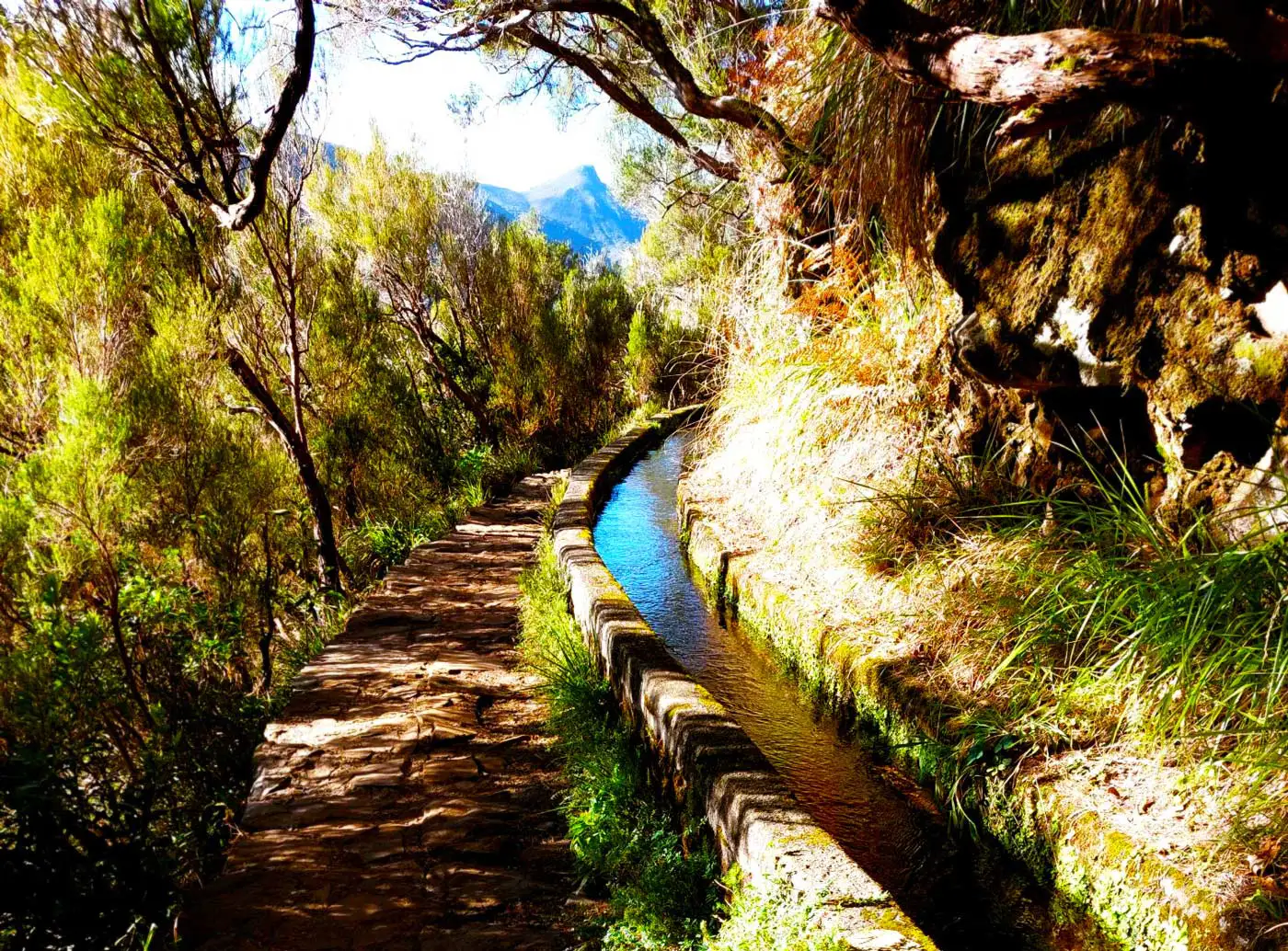A Tradition Passed Down Through Generations
As reported by RTP Madeira, the craftsmanship behind the Madeiran Pavement (Calçada Madeirense) is a skill refined over decades, requiring precision and dedication. One of the few artisans still practicing this art is José Gama, who has spent over 30 years perfecting the technique. Unlike the black-and-white patterned sidewalks found in mainland Portugal, the Madeiran sidewalk is distinguished by the way the stones are arranged, creating unique geometric patterns. "The way we position the stones forms the motifs themselves," explains Gama. "It requires a creative and mathematical approach."
To ensure this craft does not vanish, we need to create an inventory. We will document oral sources to develop a safeguarding plan. For the national inventory, a ten-year safeguarding plan must be established, and that is where our focus lies. Several locations still preserve Madeiran pavement: the cloister in the town center, Santa Catarina Park, Monte Palace Garden, and many estates. These estates tend to feature richer, more intricate designs, as wealthier families in past centuries could afford to commission more elaborate patterns.
José Gama, Calceteiro, Interviewed by RTP Madeira
A Disappearing Craft in Need of Preservation
Once a widespread profession, the number of skilled sidewalk artisans has declined significantly. In the past, the work was demanding, often done under harsh conditions, with workers carrying heavy sacks of limestone and basalt. "We worked in the rain, carrying 30-kilogram sacks of materials," Gama recalls. Some traditional techniques, such as selecting stones by rolling them through a bamboo tube, have been lost over time. Today, Funchal has only four craftsmen dedicated to maintaining this heritage.
Documenting and Safeguarding the Legacy
Recognizing the risk of losing this cultural tradition, authorities in Funchal are preparing a formal application to include the Madeiran sidewalk in the National Inventory of Intangible Cultural Heritage. "We need to document the oral knowledge, gather information from the craftsmen, and create a long-term preservation plan," says a member of the technical team overseeing the project. This process includes assessing existing sidewalks, evaluating their condition, and ensuring proper restoration techniques are followed.
From 1950, the Madeiran sidewalk undergoes a decline mainly motivated by the lack of interest in tradition, lack of labor, little appreciation for the office, low wages, less availability of stone stone and the use of new types of paving materials.
RTP - Calçada Madeirense
Sites Preserving the Art of Madeiran Sidewalks
Several locations across Funchal showcase the beauty of Madeiran sidewalks. These include Santa Catarina Park, Monte Palace, and various private estates. In the past, wealthier families commissioned elaborate designs, sometimes incorporating family crests into the stonework. Cemeteries such as São Martinho and São Gonçalo also feature intricate patterns, often inspired by local traditions, including Madeira embroidery, wine, and the sea. One of the largest areas of Madeiran sidewalk can be found at the churchyard of São Martinho.
Official Recognition Expected in May 2025
The application process is still underway, with a decision expected by May of next year. Advocates hope that official recognition will help secure better working conditions and encourage younger generations to take up the craft. "We need more artisans, better conditions, and increased awareness," says Gama. By involving schools and professional training programs, Funchal aims to ensure that this unique tradition continues for generations to come.
Source: RTP Madeira








Comments